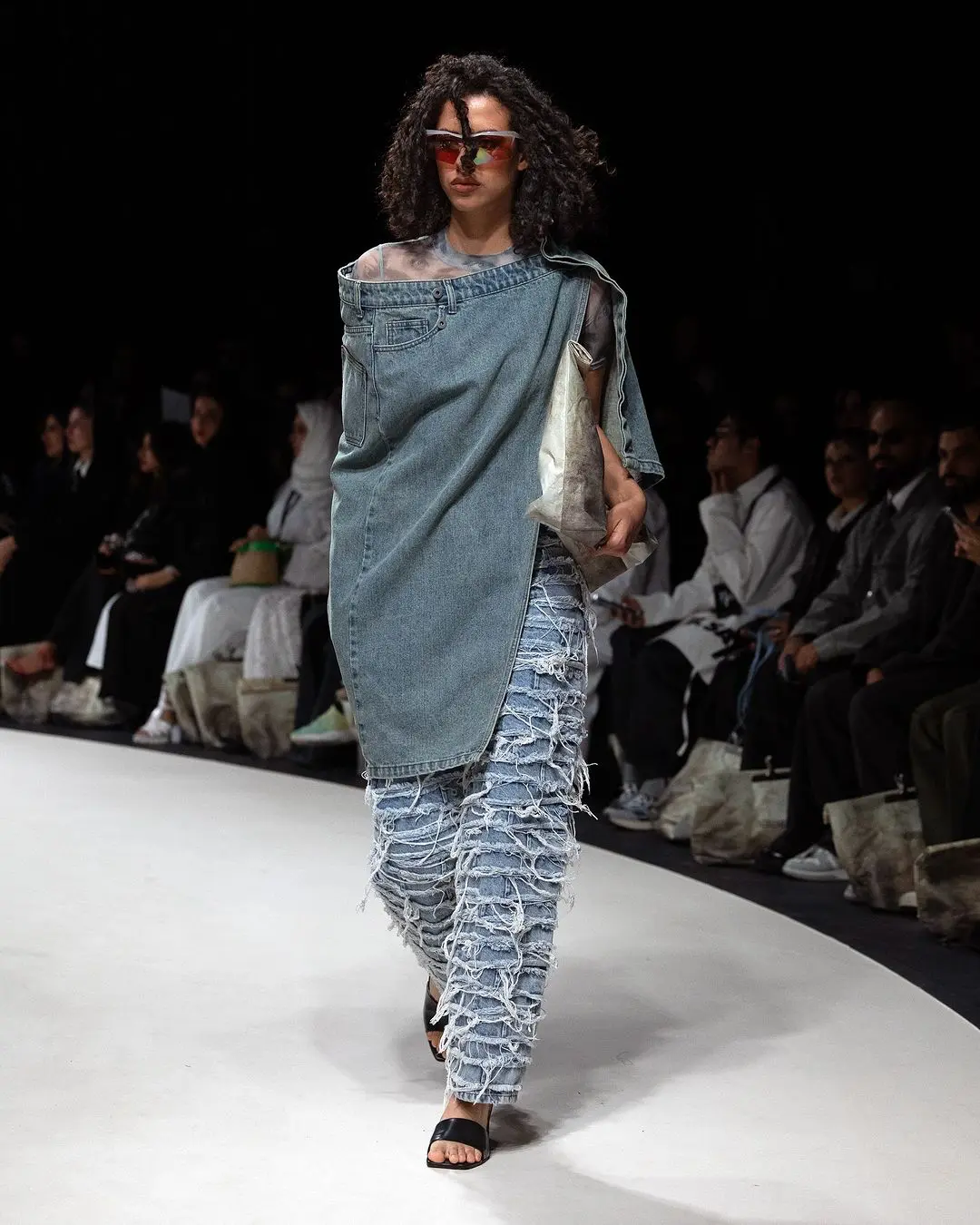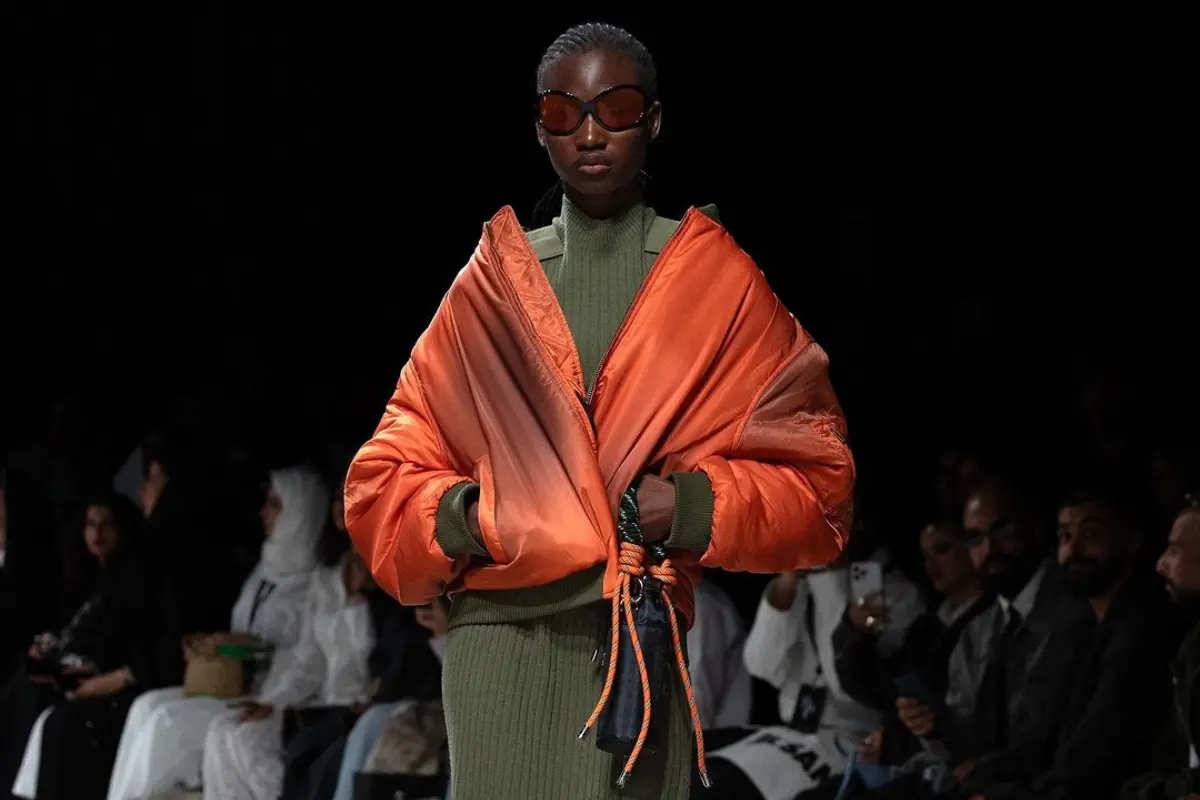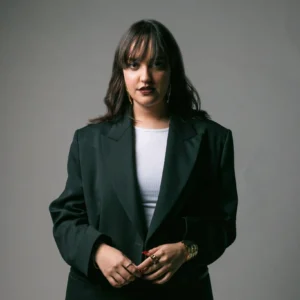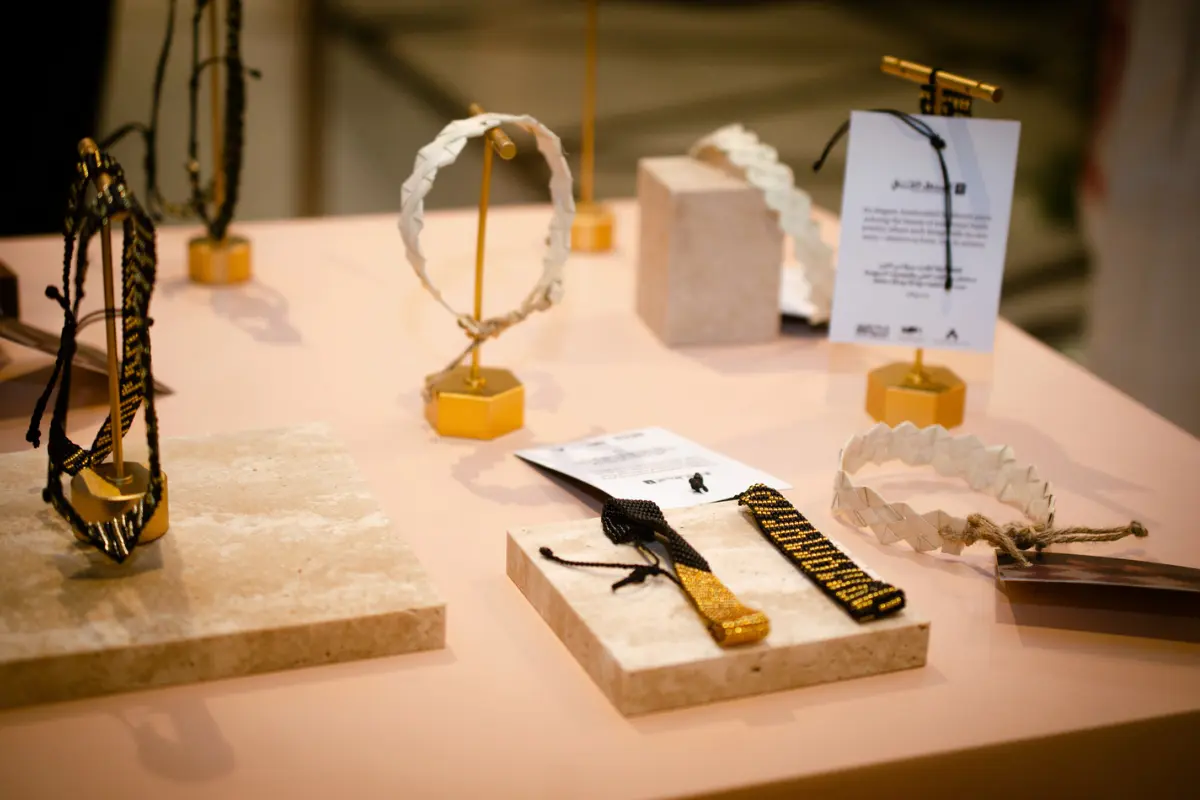Once underrepresented for its creative potential within the fashion industry, Saudi Arabia has quickly established itself as a fashion-forward market, thanks to events like Riyadh Fashion Week. What began as a bold vision in 2023 has now evolved into a must-watch sartorial spectacle in 2024, turning the Kingdom into a fashion capital that no one can afford to overlook.
With venues like Tuwaiq Palace and Jax District playing host to the country’s top designers, the kingdom’s official fashion week is carving out its own path in the industry.
Interviews and research both reveal Saudi designers wanting international recognition had to pack their bags, seeking better opportunities abroad for years. Fashion events were few and far between, and those that did exist often took place behind closed doors, away from the prying eyes of international press and buyers.
The turning point came with Vision 2030, Crown Prince Mohammed bin Salman’s ambitious plan to diversify Saudi Arabia’s economy beyond oil. This vision paved the way for the establishment of the Saudi Fashion Commission in 2020, and suddenly, the landscape began to shift. Initiatives like the Saudi 100 Brands mentorship program started to emerge, giving local designers like Mohammed Ashi and Arwa Al-Ammari the platform to present at events like Milan Fashion Week.

Riyadh Fashion Week 2024 is the clearest example of how far Saudi Arabia has come in reshaping its fashion narrative. Taking place from October 17 to 21, this second edition brought together 38 designers across 28 shows, a marked growth from last year’s debut. Venues like Tuwaiq Palace and Digital City hosted an event that seamlessly blended the Kingdom’s cultural heritage with cutting-edge fashion. Designers such as Adnan Akbar, dubbed the “Saint Laurent of the Middle East” showed collections that honoured Saudi roots while bringing forward contemporary design sensibitilies.
Beyond couture, we saw a diversity of styles, from the urban edge of streetwear labels like Freeminds to Tima Abid’s statement-making dramatic couture gowns.
These designers, through their work, illustrated a broader vision of what Saudi fashion can be–a space where traditional motifs coexist with global trends, where casual cool meets high-fashion.
Designers like Arwa Al-Ammari of ArAm used the platform to pay tribute to Saudi’s natural heritage, turning native wildlife and landscapes into wearable art. Meanwhile, Ashwaq Al-Marshad wove personal narratives into her designs, using 3D floral embroidery to honor the women who influenced her life. It was fashion that spoke to a sense of place and history.
With each edition, the event has shifted from being a regional curiosity to a must-watch stop on the global fashion calendar, with both regional and international prominent figures seen front row.




